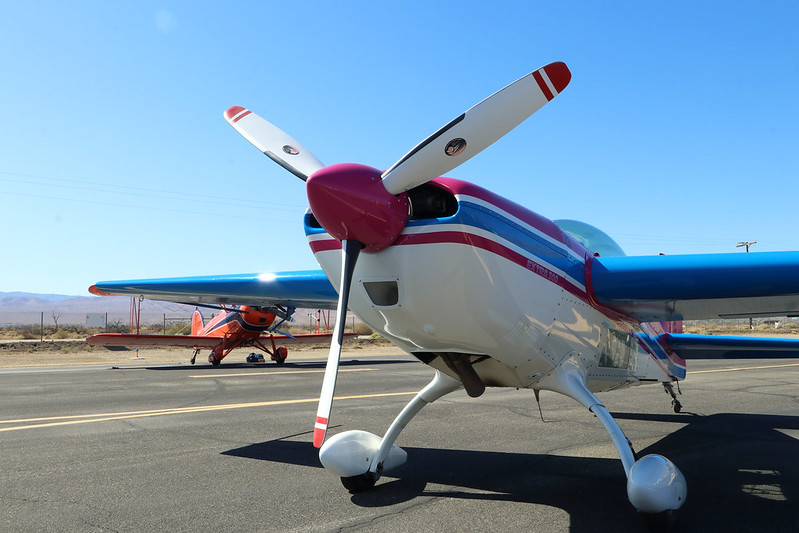Aerobatics is flying just for joy. It is the freedom to climb and dive, bank, turn and roll, loop and spin. Competition brings discipline to the frolicking and dancing in the sky. It is a way to measure the flying performance and grade the pilot’s skill. Competition aerobatics is not dare-devil, risky flying. It is very precise maneuvering with airplanes specifically designed to withstand the loads and stresses associated with all attitude flying versus the normal flying confines of 30 degrees pitch and 60 degrees bank relative to the horizon.
Safety is paramount in competition aerobatics. The two major causes of maneuvering accidents in General Aviation are stall-spin and low altitude flying (“buzzing”). In competition aerobatics, the spin is just another figure which is included in all competition aerobatic sequences. The competition aerobatics pilot becomes an expert in stall-spin entries and recoveries. He recognizes that the worst thing that can happen in a botched figure is a spin from which he can recover with minimum altitude loss. Low altitude “buzzing” is not allowed in competition aerobatics. The minimum altitude for the Primary and Sportsman categories is 1,500 feet above the ground.
How to fly aerobatics books and articles explain the mechanics of the stick and rudder manipulations required to fly the aerobatic figures. Aerobatic instruction avoids the mistakes and uncertainty of self-taught flying. Competition aerobatics is an art form with specific judging criteria, which only an instructor with competition aerobatics experience can convey to the student pilot. Normal flight instruction is one-on-one with the pilot and instructor on the ground and in the airplane. Competition aerobatic instruction follows this format and goes beyond critiquing and coaching by observers on the ground. After all, your grade as an aerobatic pilot is determined both subjectively and quantitatively by your audience and scoring judges on the ground observing your aerial performance. Critiquing is someone telling you how the figure looks. Are the loops round; is your vertical airplane attitude perpendicular the horizon, etc. Coaching tells you what you have to do to fix your critiqued errors. Do you need more or less rudder; where should the stick be, etc?
Serious aerobatic airplanes are also tailwheel airplanes. This means the aspiring aerobatics pilot must find a tailwheel airplane instructor who has an aerobatic training airplane and has competition aerobatics experience. The internet is certainly a place to start. If you can, attend a local aerobatic competition and ask questions. If you live in Southern California check out SUNRISE AVIATION at John Wayne Airport.


